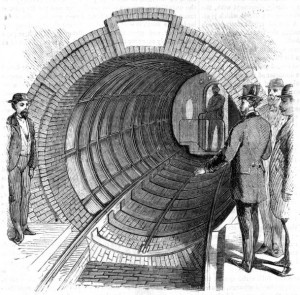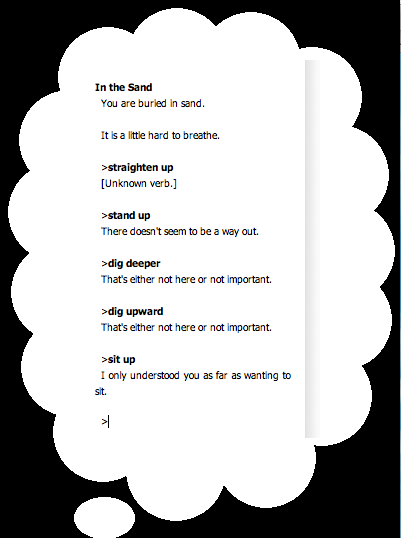I used to write
I believe in the usefulness of letting a field lie fallow, and writing-wise that’s what I’ve been doing these past few weeks: taking a pause between one thing (a major effort, which feels like it’s nearing completion) and the next (tbd).
In the mean time, I’ve been enjoying the fruits of the online world. It’s stunning to think how recently none of this stuff existed (the www, I mean, and it’s ilk). During middle school and high school, I had a dialup modem — 56Kbps in my glory days — and messed around with BBSes, and later in college played with programs like Gopher and Mosaic, but in a qualitative sense that era of stuttering connectivity was fundamentally different than the access to communication and information tools we have today. I was reminded of this forcefully when my father sent me a box containing my correspondence from back then, letters that I received and a few that I wrote myself. In addition to their heartbreaking adolescent earnestness and extravagance, many of them are physically beautiful. We made collages and packets to send each other; we illustrated the margins of our pages, and hand-crafted envelopes by gluing postcards, sewing fabric, and with origami. Those letters were labors of love, little gifts that arrived unexpectedly in the post.
It’s hard to imagine a kind of communication more different from a facebook update or a tweet. Looking through those old notes and screeds I got nostalgic, of course. But then, in other ways, I’m grateful for the changes every day. Here are just a few of the things that have made me happy lately:
- Character Development a short story by David Mitchell from the Amnesty International anthology, Freedom
- The ongoing series of intimate and thoughtful letters about past Nobel Prize winners at Bookslut
- Wikipedia’s list of unusual deaths
- paperpools, the blog of Helen DeWitt, a writer I admire
- Poet Tony Hoagland’s essay on Fear of Narrative and the Skittery Poem of Our Moment
- This series of interviews with Iain Banks
- Mario Vargas Llosa’s Nobel Prize acceptance speech
- …and, of course, The Wilderness Downtown, an interactive film Google made from the Arcade Fire song.


